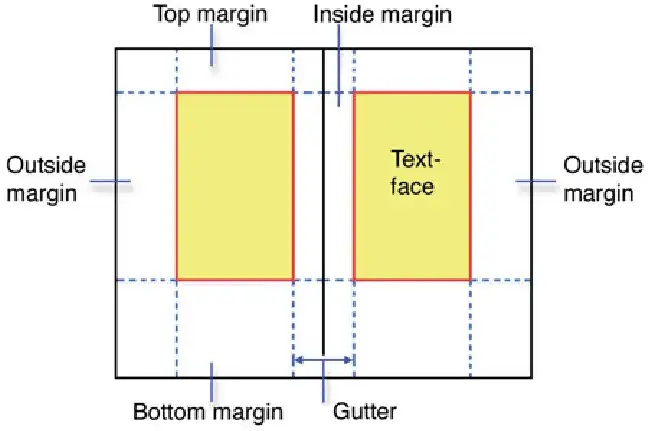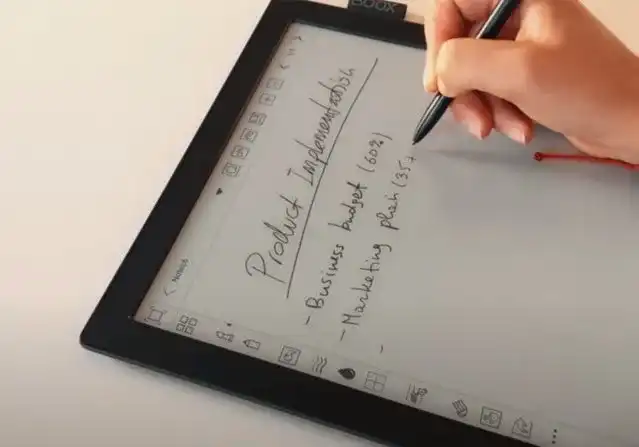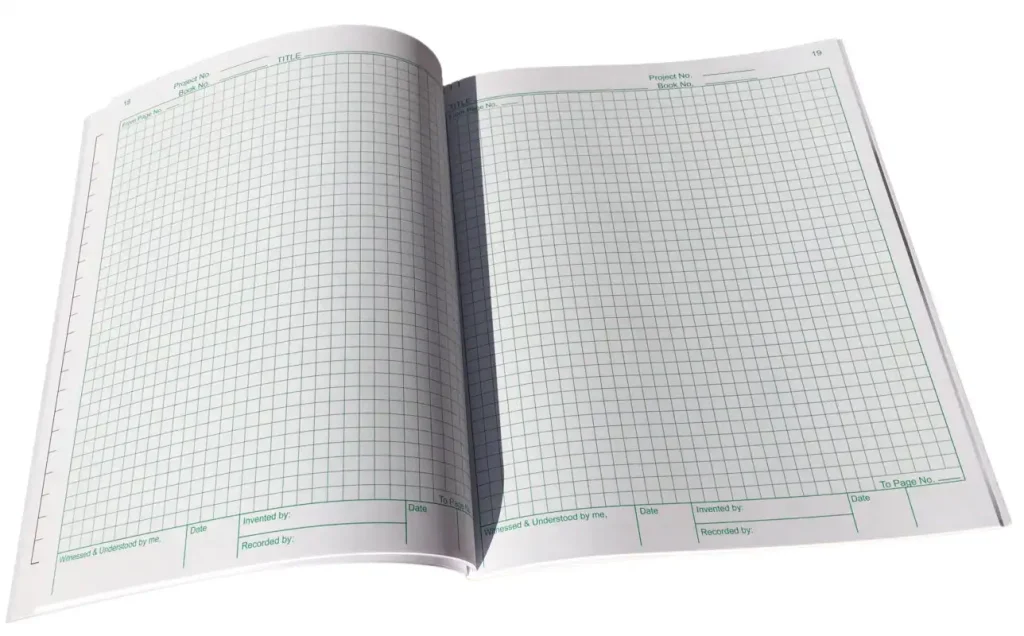Margin
Have you ever wondered why there’s that empty space on the sides of your notebook pages? You know the margin that sits quietly, often untouched, framing your creative musings or meticulous notes. Let’s embark on a journey to uncover the original reason for this side space and why it has become a steadfast companion to our scribbles and sketches

The Tale of Margins in Typography
To understand the genesis of notebook margins, we need to take a step back and delve into the world of typography. The term “margin” has its roots in the Latin word “Margo,” meaning edge or border. In the realm of printed books, margins have served a crucial purpose for centuries.

In the early days of printing, before the digital age swept in, books were crafted with precision and care. Printers left extra space on the sides to account for any potential variations during the printing process. This buffer zone, known as the margin, acted as a protective barrier, preventing text and illustrations from being cut off or distorted.
Notebooks: Where Margins Find a Home
Now, let’s fast forward to the notebooks that accompany you on your learning adventures. Whether you’re jotting down science experiments, crafting short stories, or solving mathematical mysteries, the margin in your notebook serves a purpose beyond just a framing element.

- Space for Reflection: The margin provides room for reflection. It’s a place where you can add comments, thoughts, or questions about the main content. Imagine it as your personal dialogue space with your own ideas.
- Organising Chaos: Have you ever noticed how a neatly written note looks more appealing than one that sprawls across the entire page? The margin helps maintain order, keeping your thoughts in check and your notes well-organized.
- Aesthetic Harmony: Just like a frame complements a beautiful painting, the margin enhances the overall aesthetic appeal of your notes. It’s the breathing space that ensures your content isn’t cramped, allowing for a visually pleasing layout.
Insights from the Digital Realm
In this era of digital notebooks and tools, the concept of margins hasn’t vanished; it has simply adapted. Discussions on platforms like Reddit and Quora highlight the importance of digital margins in providing a sense of structure and preventing the clutter that can arise in the virtual space.

Users of digital notebooks often appreciate the ability to customise margins, replicating the familiar feel of traditional notebooks. This fusion of the old and the new showcases how the essence of margins remains timeless, even in the ever-evolving landscape of technology.
Laboratory Notebooks: Where Precision Matters
In the scientific realm, laboratory notebooks follow a set of guidelines to ensure accuracy and traceability. The margin in these notebooks isn’t just a stylistic choice; it’s a critical component in maintaining the integrity of recorded data.

Laboratory margins act as a protective zone, guarding against accidental spills or smudges that could compromise the information on the page. They also serve as a space for annotations, allowing scientists to provide additional context or updates to their findings.
The Evolution of Lined Paper
Lined paper, a close companion of margins, has its own fascinating history. In the past, red vertical lines on paper served a dual purpose: they guided the writer in maintaining a straight line of text and acted as a deterrent against alterations or erasures.

In the context of margins, the lines work in harmony, creating a structured canvas for your ideas while discouraging the chaos that can arise when the writing goes astray.
Conclusion: Where Creativity Meets Structure
In essence, the original reason for the side space in a notebook goes beyond a mere typographic tradition. It’s a thoughtful design choice that balances creativity with structure, allowing your ideas to flourish within a framework of order.
As you flip through the pages of your notebook, take a moment to appreciate the margin—the unsung hero that silently guides your pen, encourages neatness, and provides a canvas for your imagination. Embrace the space, both physical and digital, and let it be a testament to the beautiful marriage of creativity and order.











